Publisher's Synopsis
This historic book may have numerous typos and missing text. Purchasers can download a free scanned copy of the original book (without typos) from the publisher. Not indexed. Not illustrated. 1898 Excerpt: ...a single figure (9). In fact we arrive at the intermediate position shown in fig. 10, in which the groups E3 and R4, and E, E2 are in one plane, with regard to which the two positions shown in fig. 9 are symmetrical. Graphic representation.--The grouping thus arrived at can be represented with the utmost simplicity by using the following formula: EjCE2 II E3CE4 Prediction of cases of isomerism.--Besides the above-described relative position of the four groups Ep E2, E3, E4, there is another, which also satisfies the conditions laid down, but yet is not identical with the first. The groups Ej and E2 may lie in one plane with E3 and E4, each joined to the same carbon atom as before, but with the difference that E, is opposite E4, and E2 opposite E3: E, CE2 II E4CE3 Consequently there must be here an isomerism unforeseen by the old formulae, and it is clear that this isomerism must be expected in every case where the groups attached to the same carbon, E1; E2 and E3, E4, are different, and this whether the groups attached to different carbons are alike or not, so that e.g. the same isomerism would occur in the case of CECE. II. Confirmation Of The Fundamental Idea General character of the isomerism to be expected in the case of doubly linked carbon.--In the first place we must call attention to the nature of this isomerism, because a marked difference is to be expected between this and the isomerism due to the presence of asymmetric carbon. For, according to the views just set forth, there is here neither dissymmetry nor enantiomorphism in structure, so that we should not expect either the rotatory power, in opposite directions in the two cases, nor the peculiar hemihedral crystalline form which accompanies this optical behaviour; and, as we shall see, these t...




